Clay has partnered with The Kiln to setup a series of large-scale data test across mobile phone, work email, personal email, email verification, and more. Below, we explain the approach to these tests.
Our methodology focused on creating a rigorous, real-world assessment of mobile phone enrichment providers across European markets. Using Clay’s find companies & people capabilities, we compiled a diverse dataset of approximately 5,000 business contacts distributed across 15 European countries. The countries of focus for this test were the United Kingdom, Germany, France, Italy, Spain, Switzerland, Netherlands, Denmark, Sweden, Norway, Finland, Belgium, Austria, Luxembourg, and Poland.
Enrichment Inputs
We used first name, last name and company domain to run all of the work email enrichment providers inside of Clay.
Verification Methodology
There are a lot of ways to verify if a phone is valid or not, for example:
- Compare it to a known source of truth (eg: your own customer database)
- Run outbound dialing campaigns and monitor for pick-up rates, conversation length, and name match.
- Use a consensus-based approach with multiple trusted verification tools that take different technical approaches to verifying phone numbers.
All of these methods have certain benefits and drawbacks. Our priority was to give customers a high-confidence indicator of which mobile phone providers to use, anywhere in the world.
In order to run a statistically significant data test in every region of the world, option 1 wasn’t an option, as it was not feasible to get a perfectly split source of truth with enough data in every region.
For option 2, running outbound dialing campaigns can lead to a large degree of false positives, especially when there can be unknown voicemails, spam call blocking, and different languages. So you could think a phone number is invalid or the wrong person, but it actually isn’t.
So to get a representative sample size, and provide a high degree of confidence, we partnered with leaders in fraud prevention and phone number verification, implementing a consensus-based verification approach to evaluate each phone number returned by the enrichment providers. The two partners were:
- Trestle, who offers 100% accuracy on phone validity, 99+% accuracy on carrier and line type identification, and false positive rates below 1% for activity scoring.
- Scoreplex, which is a fraud prevention tool that scans social media and dark web sources to verify name-to-phone matches.
Using the outputs of these providers, we labeled the provider’s output by two criteria:
- Phone Activity:
- Not Active
- Landline
- Valid Mobile
- Name Match:
- Good Match
- Bad Match
- Unknown
We then combined these labels into a phone score:
- Bad: Not Active, Landline, or Bad Name Match
- Decent: Valid Mobile & Unknown Name Match
- Excellent: Valid Mobile & Good Name Match
To calculate the final confidence score for each provider, we applied a weighted formula: (Excellent % × 70%) + (Decent % × 30%), prioritizing the highest quality phone results while still accounting for generally valid phones.
Clay has partnered with The Kiln to setup a series of large-scale data test across mobile phone, work email, personal email, email verification, and more. Below, we explain the approach to these tests.
Our methodology focused on creating a rigorous, real-world assessment of mobile phone enrichment providers across European markets. Using Clay’s find companies & people capabilities, we compiled a diverse dataset of approximately 5,000 business contacts distributed across 15 European countries. The countries of focus for this test were the United Kingdom, Germany, France, Italy, Spain, Switzerland, Netherlands, Denmark, Sweden, Norway, Finland, Belgium, Austria, Luxembourg, and Poland.
Enrichment Inputs
We used first name, last name and company domain to run all of the work email enrichment providers inside of Clay.
Verification Methodology
There are a lot of ways to verify if a phone is valid or not, for example:
- Compare it to a known source of truth (eg: your own customer database)
- Run outbound dialing campaigns and monitor for pick-up rates, conversation length, and name match.
- Use a consensus-based approach with multiple trusted verification tools that take different technical approaches to verifying phone numbers.
All of these methods have certain benefits and drawbacks. Our priority was to give customers a high-confidence indicator of which mobile phone providers to use, anywhere in the world.
In order to run a statistically significant data test in every region of the world, option 1 wasn’t an option, as it was not feasible to get a perfectly split source of truth with enough data in every region.
For option 2, running outbound dialing campaigns can lead to a large degree of false positives, especially when there can be unknown voicemails, spam call blocking, and different languages. So you could think a phone number is invalid or the wrong person, but it actually isn’t.
So to get a representative sample size, and provide a high degree of confidence, we partnered with leaders in fraud prevention and phone number verification, implementing a consensus-based verification approach to evaluate each phone number returned by the enrichment providers. The two partners were:
- Trestle, who offers 100% accuracy on phone validity, 99+% accuracy on carrier and line type identification, and false positive rates below 1% for activity scoring.
- Scoreplex, which is a fraud prevention tool that scans social media and dark web sources to verify name-to-phone matches.
Using the outputs of these providers, we labeled the provider’s output by two criteria:
- Phone Activity:
- Not Active
- Landline
- Valid Mobile
- Name Match:
- Good Match
- Bad Match
- Unknown
We then combined these labels into a phone score:
- Bad: Not Active, Landline, or Bad Name Match
- Decent: Valid Mobile & Unknown Name Match
- Excellent: Valid Mobile & Good Name Match
To calculate the final confidence score for each provider, we applied a weighted formula: (Excellent % × 70%) + (Decent % × 30%), prioritizing the highest quality phone results while still accounting for generally valid phones.




















.jpg)
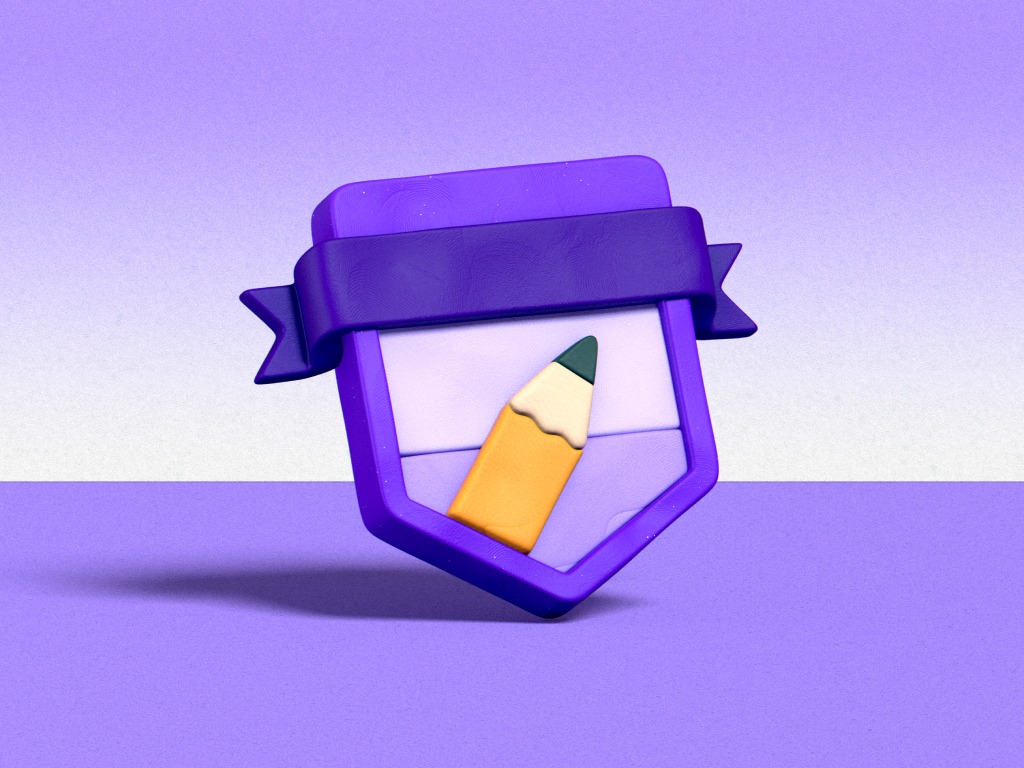

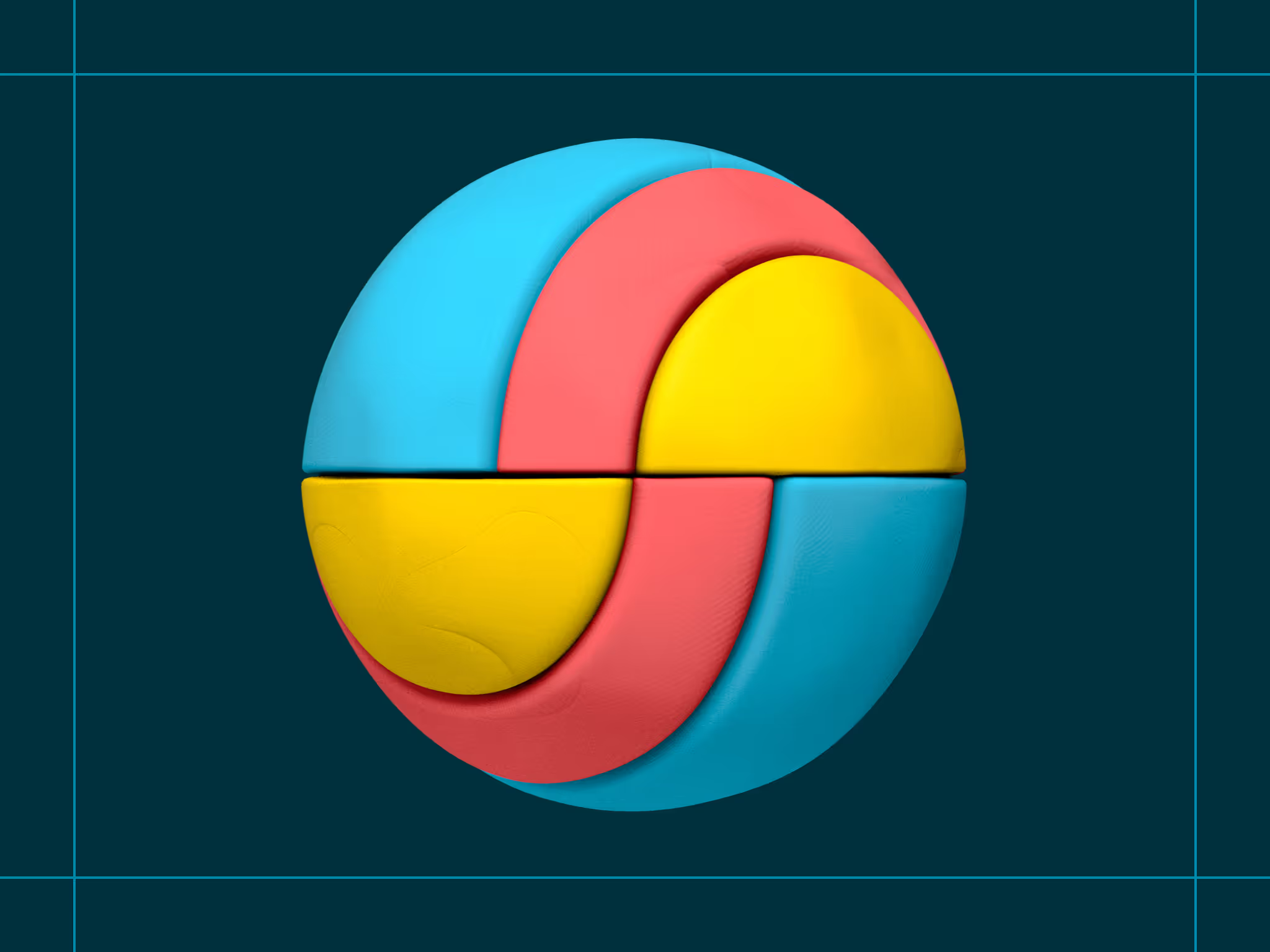

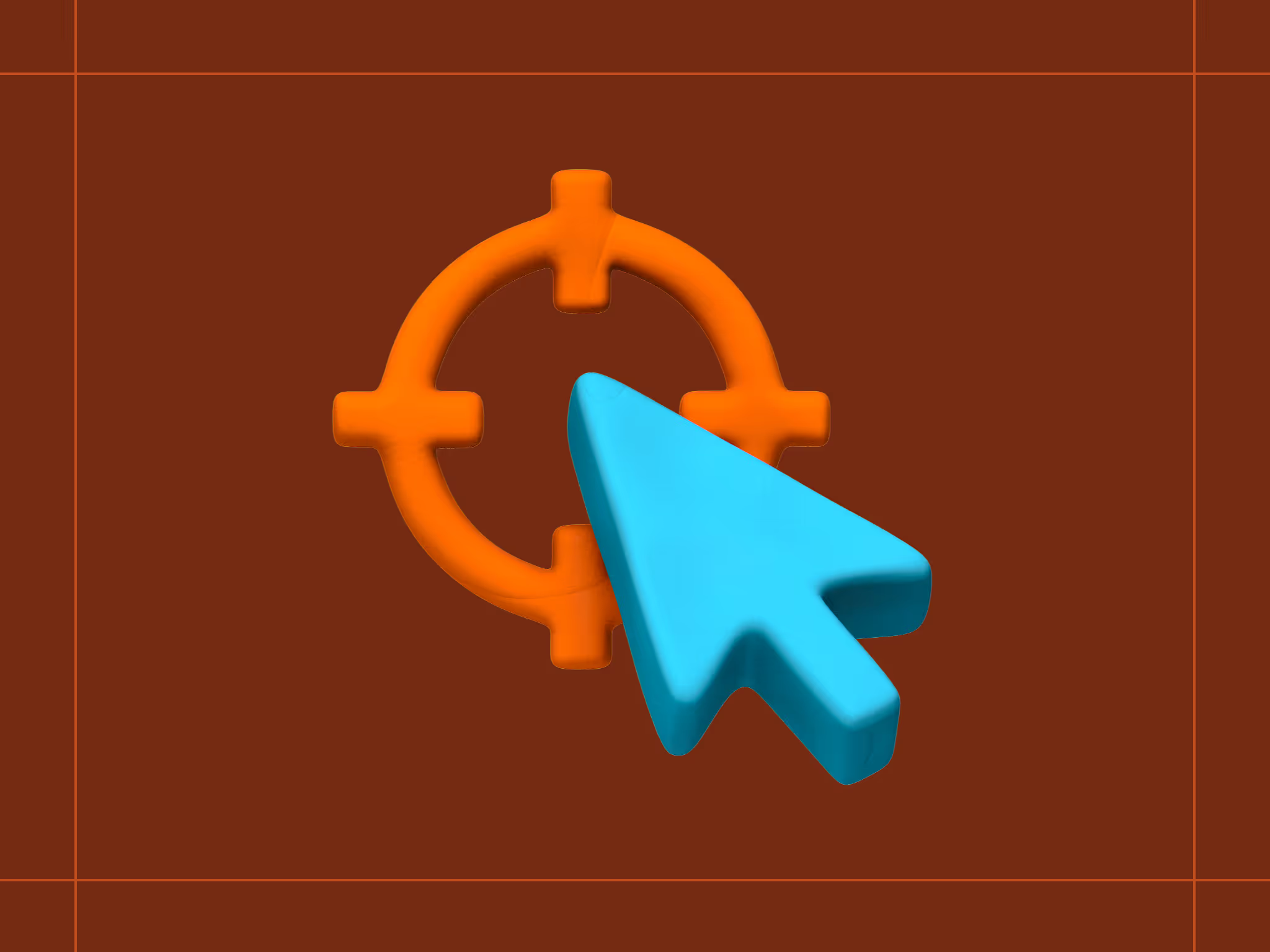
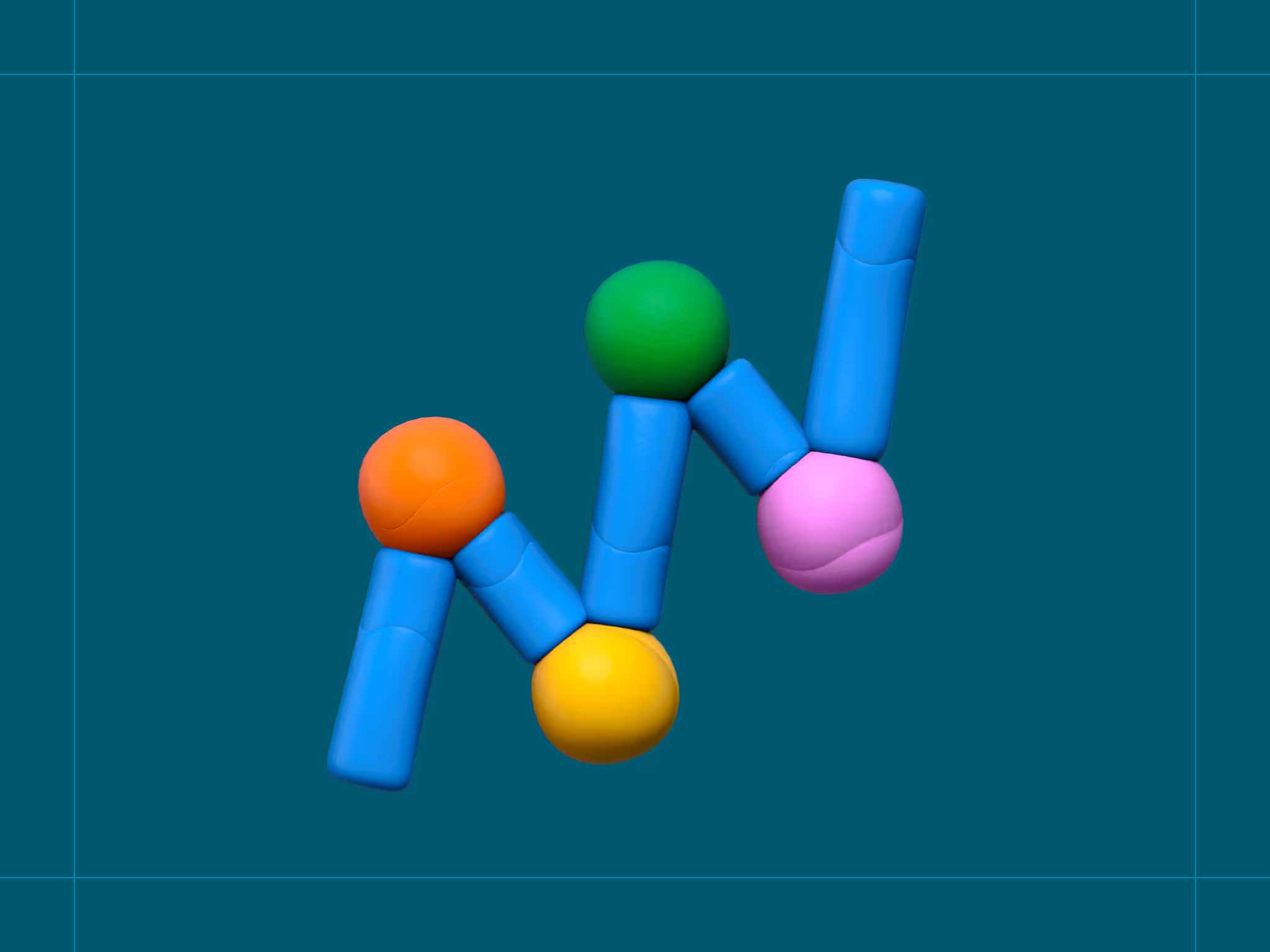
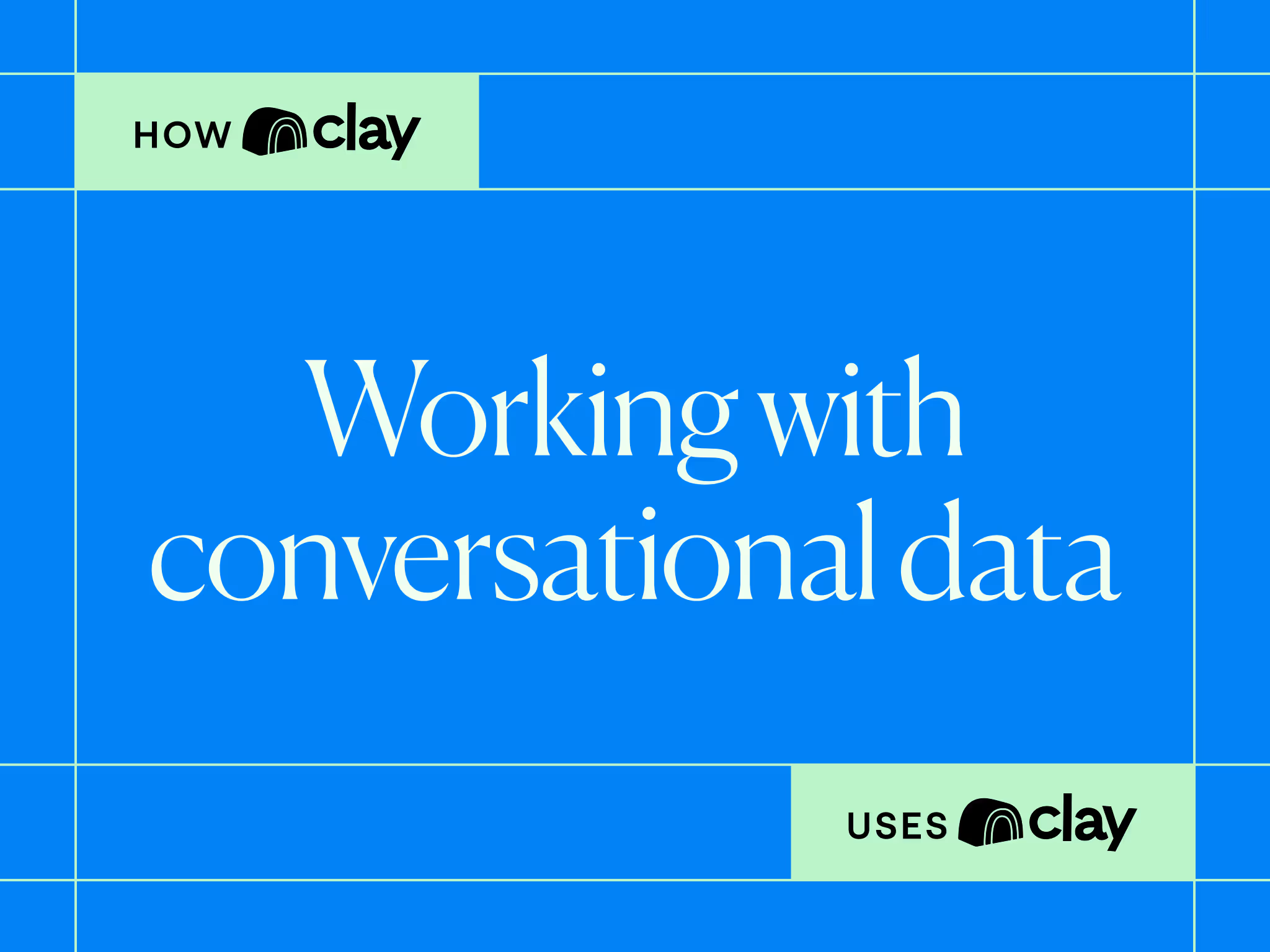
.avif)

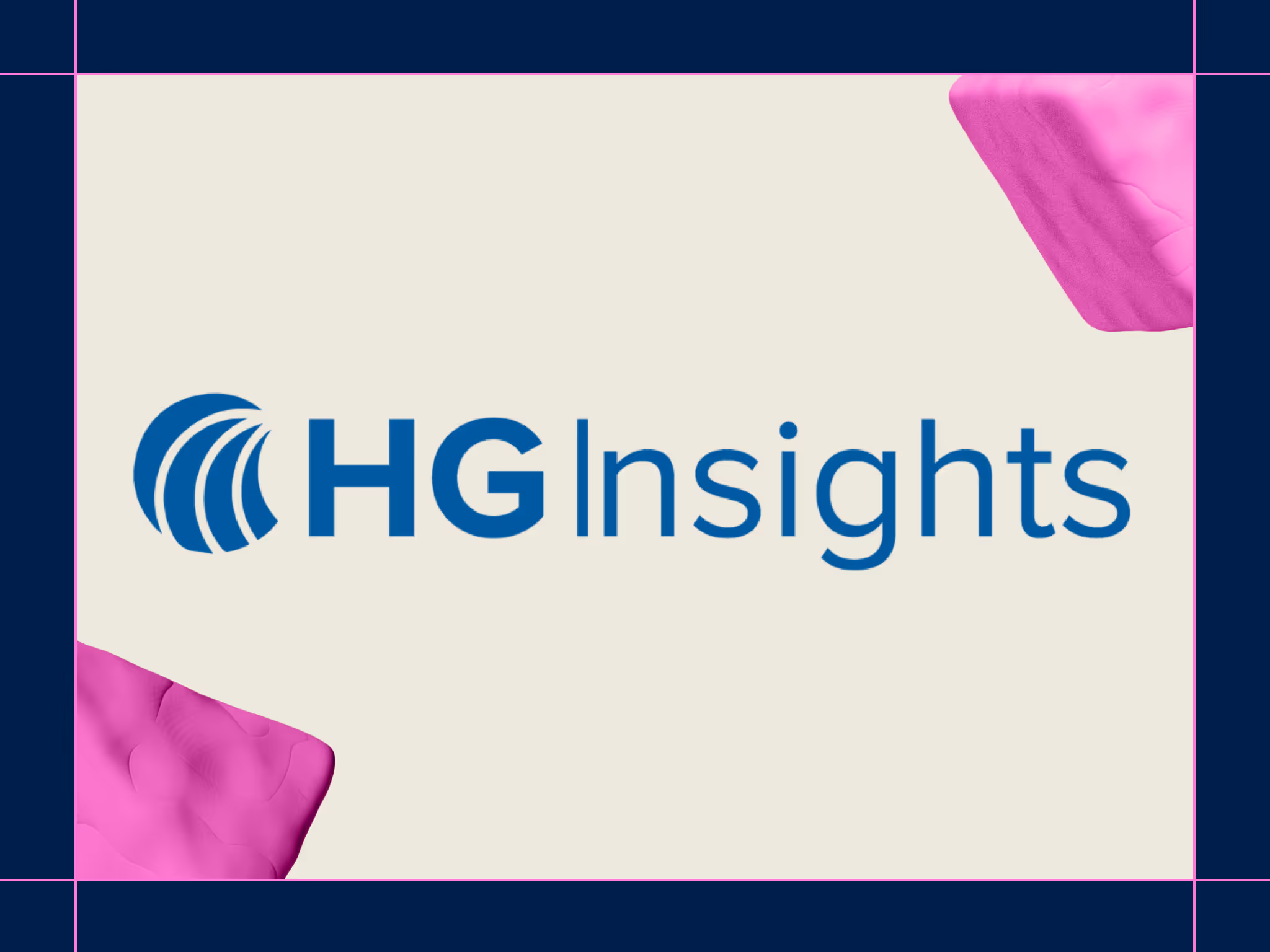

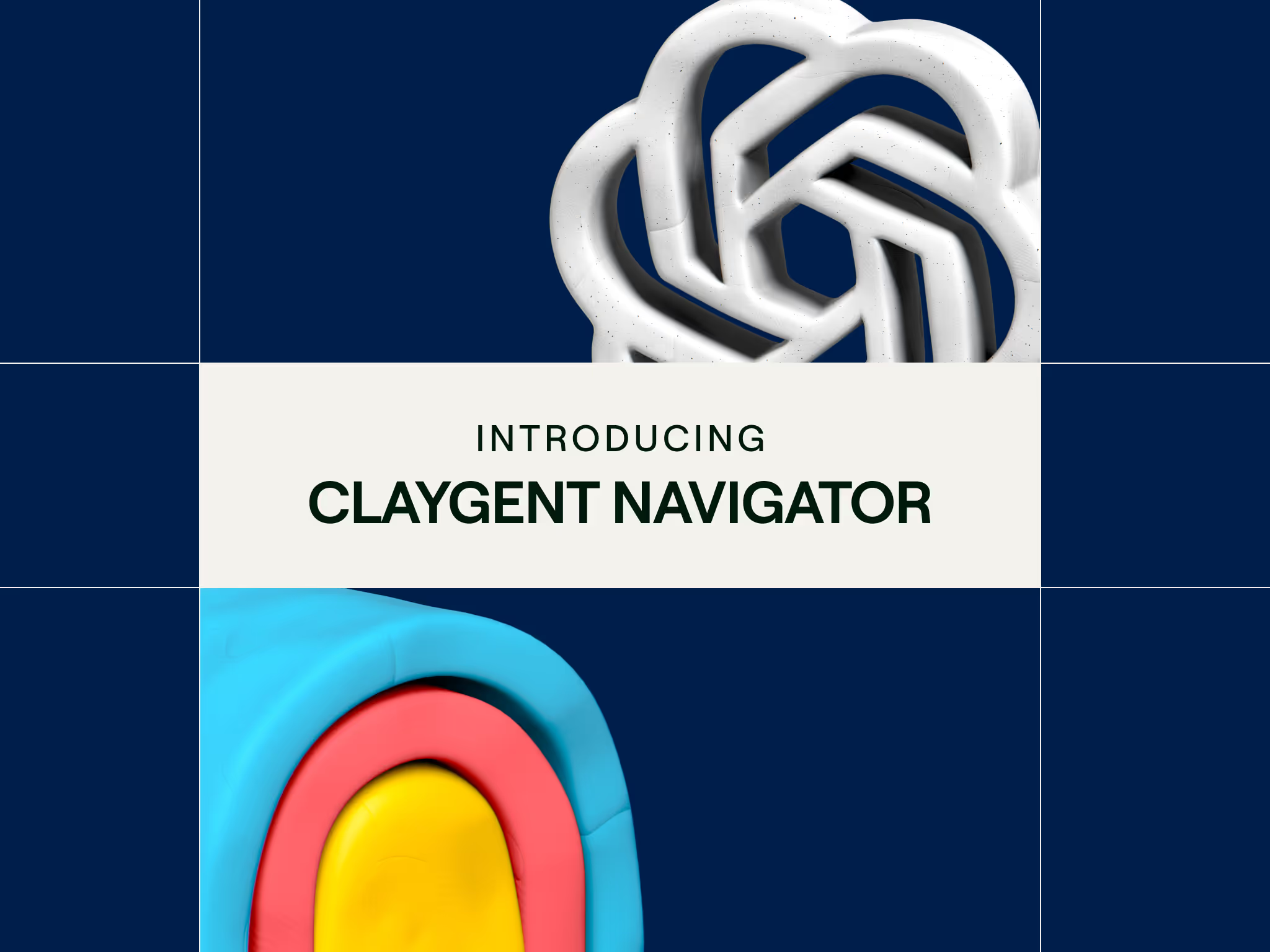

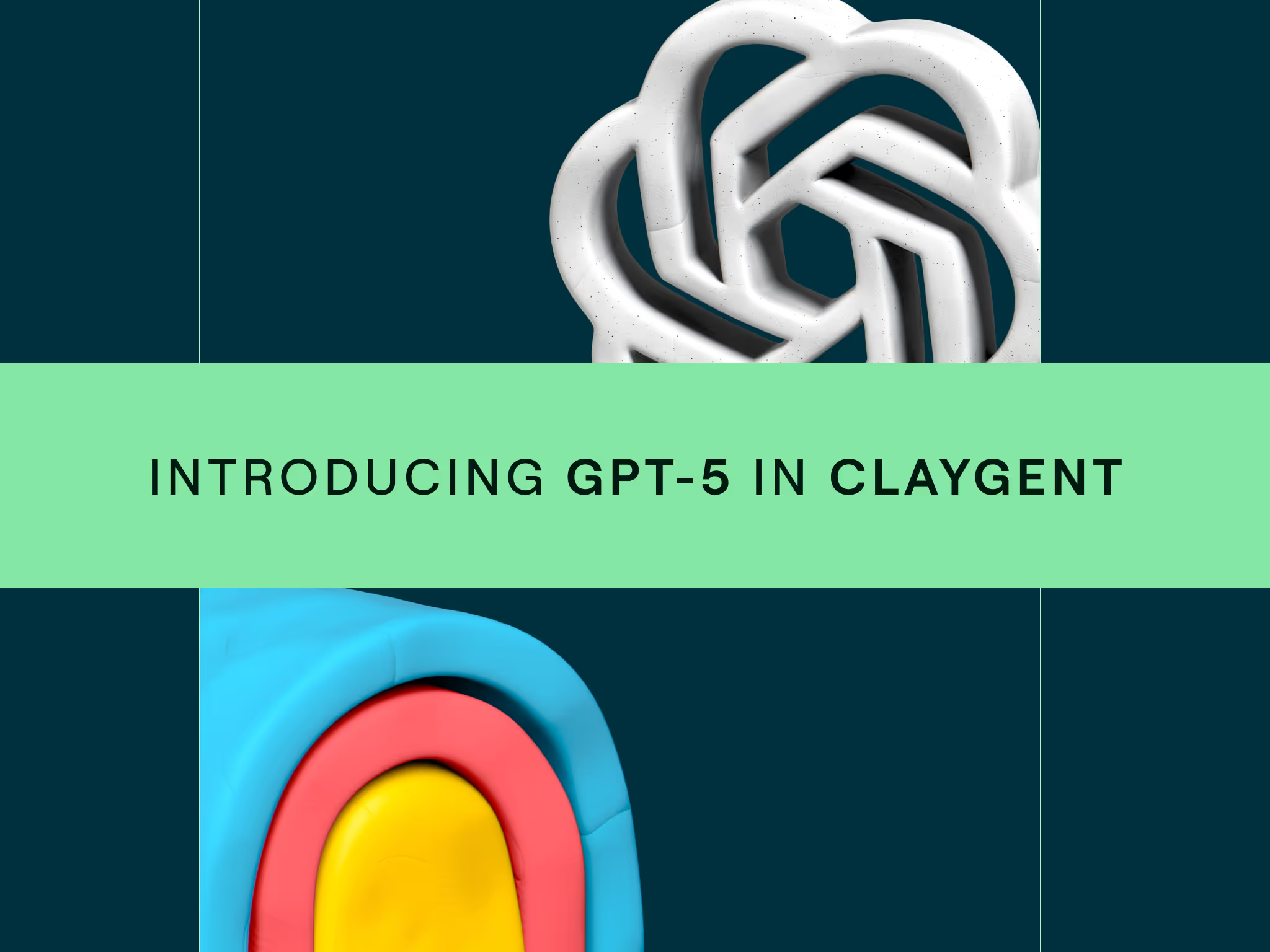





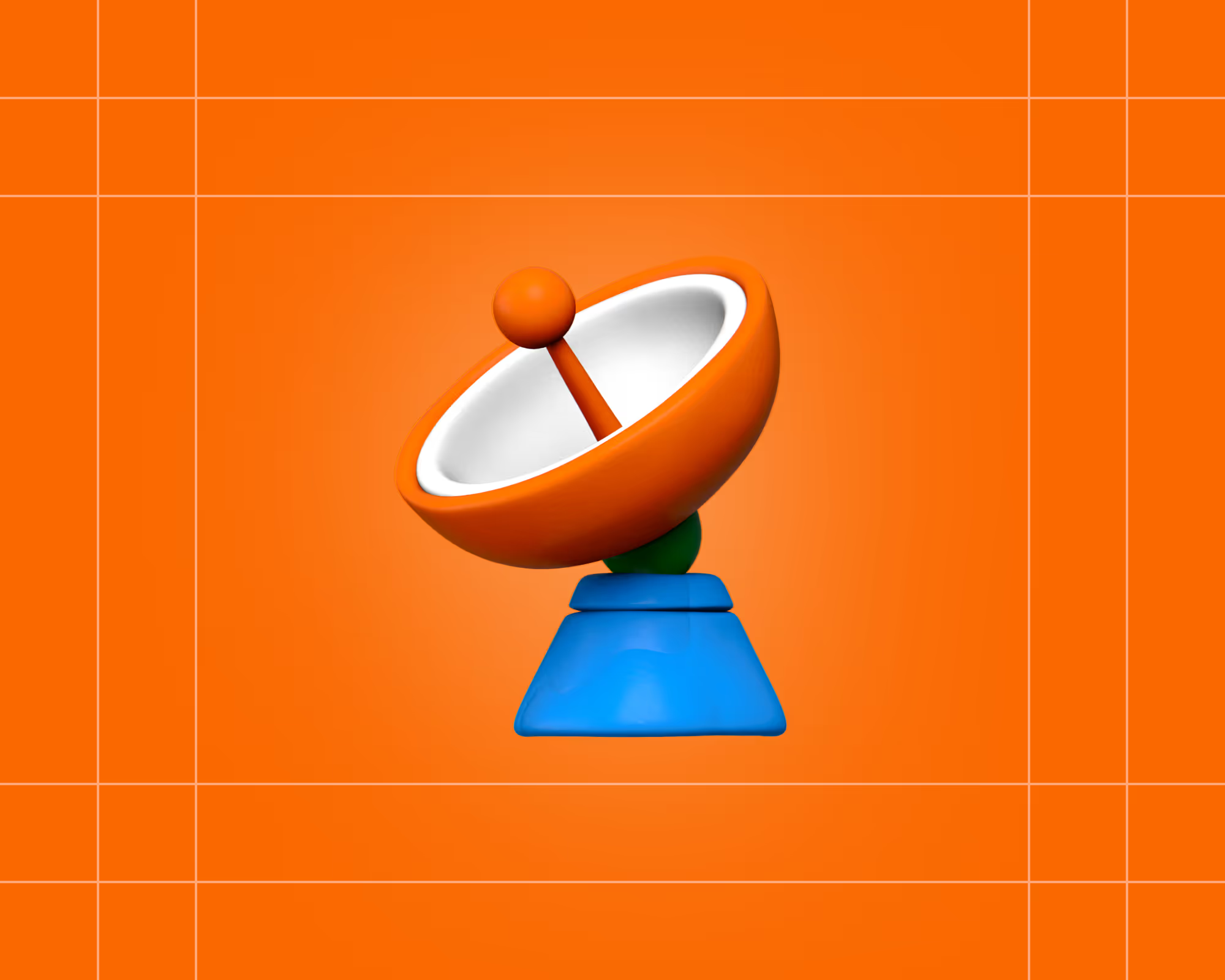

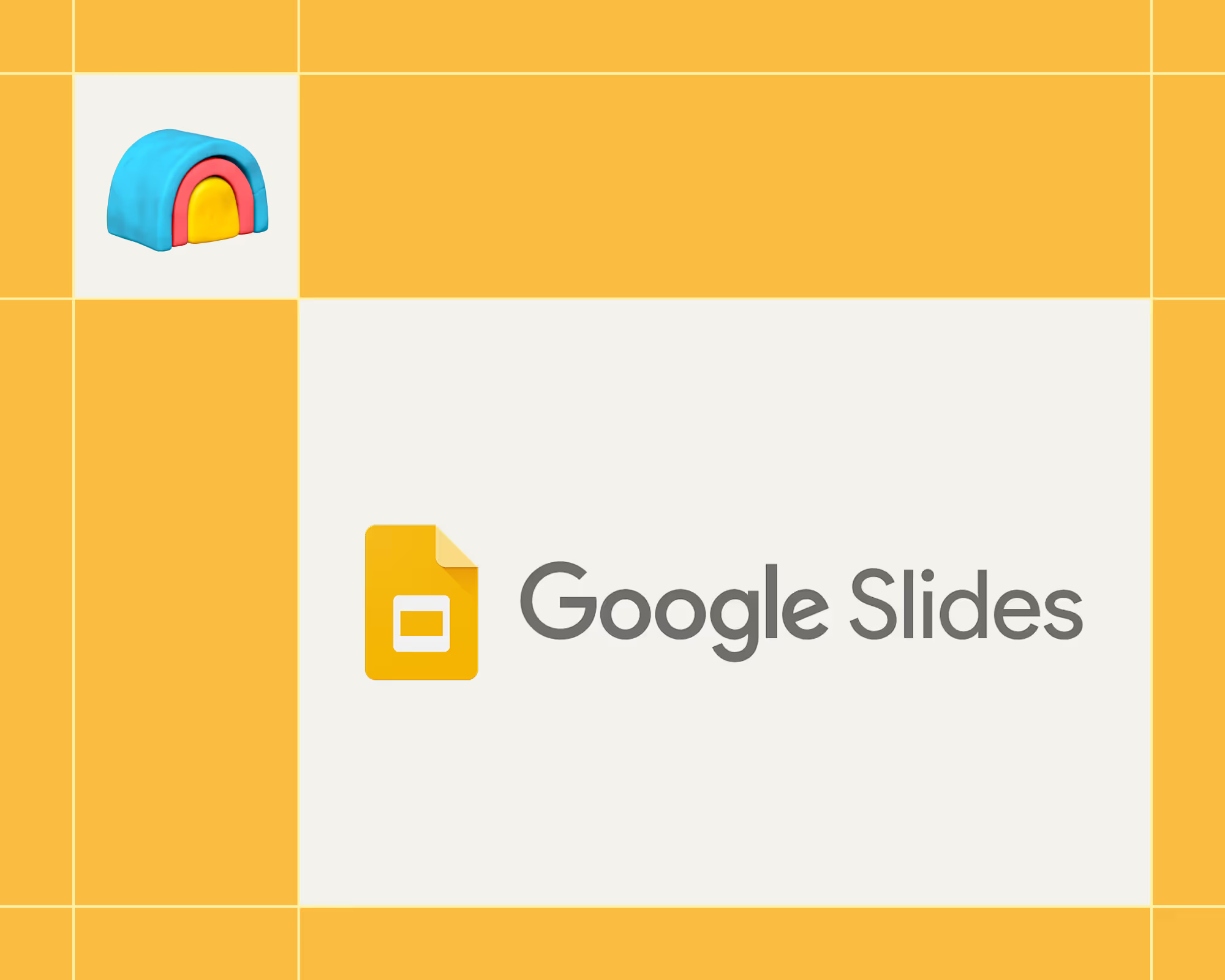
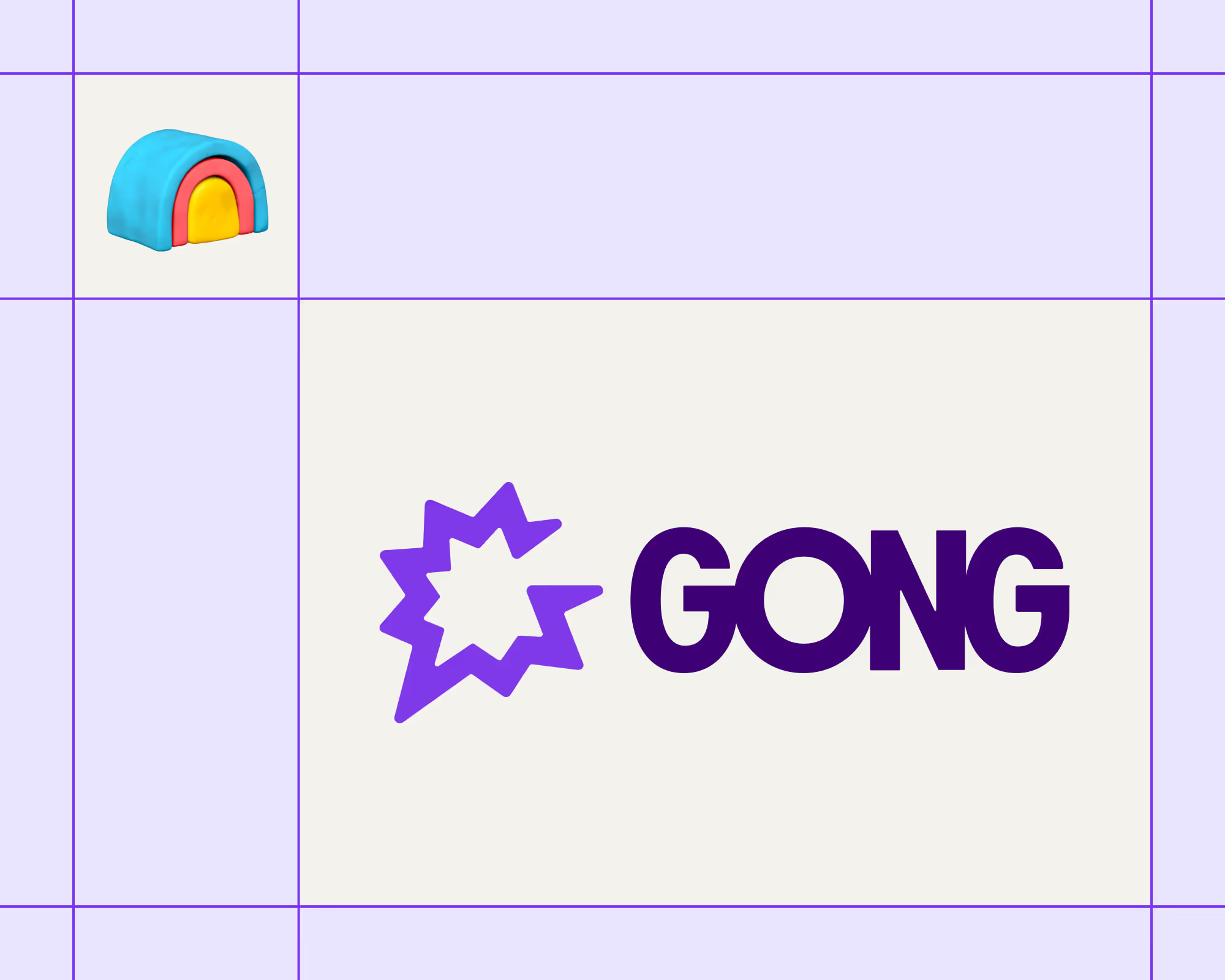

.avif)











.avif)
.avif)






















































